School
Teaching the
White Man's Way
Michael L. Cooper
(Clarion)
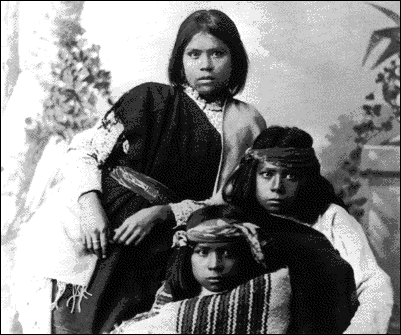
Author Michael Cooper has dug up letters, diaries and photographs showing how these schools were established, how they were operated, and from the words of the students themselves, how painful the familial separation and the enforced enculturation could be for these "wards" of the state. One of the ironies was the fact that the prime mover in this system of enculturation was an old Indian fighter by the name of Captain Richard Pratt --- dutifully named "the father of Indian education."
Since he was a military man, it was understandable that these schools were modeled in imitation of military training centers. His school, Carlisle, in Pennsylvania, was the most prominent of the "off reservation" schools (there were dozens more on the various reservations).
Students were not only required to give up their clothing --- see the "before" and "after" pictures at the beginning and end of this review --- they were also required to yield their language, observe an alien religion, and even cut off their hair (the loss of which, to them, was a symbol of mourning). As well, they had to forego their given names:
Names such as Ota Kte, translated as Plenty Kill, evoked a savage past...Ota Kte's teachers at Carlisle gave him the first name of Luther and for a last name, used the English translation of his father's name, Standing Bear.
Some of the teachers gave strange names to the youngsters. In one school, there was a Rip Van Winkle and a Julius Caesar. A student resisted being named after Joseph Conrad. He said,
Some of the girls call me Cornbread and some call me Conrat, so I do not like the name. So I want you to give me a new name.
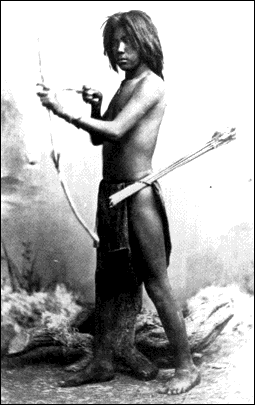 All this seems quite innocent in retrospect until we see a photograph of the cemetery at Carlisle, with the caption, "Most BIA schools had their own cemeteries because so many students died." The Spokanes lost sixteen out of twenty-one students; sixty-eight students at Fort Hall School in Idaho caught scarlet fever --- eight died, "and another thirty became so ill they were sent home to die."
All this seems quite innocent in retrospect until we see a photograph of the cemetery at Carlisle, with the caption, "Most BIA schools had their own cemeteries because so many students died." The Spokanes lost sixteen out of twenty-one students; sixty-eight students at Fort Hall School in Idaho caught scarlet fever --- eight died, "and another thirty became so ill they were sent home to die."
A very few of the students went on to become famous: Charles Eastman became a prominent doctor, and Jim Thorpe a champion athlete. But for most of the young, it was a painful, wrenching experience that put them between two cultures, leaving them satisfied with neither.
Indian School is apparently written for junior and high school students, but the straightforward language and the impressive photographs makes it even more poignant --- a sad token of an era when it was thought "uncivilized" to live in America as part of another culture, with another language, and another system of beliefs.
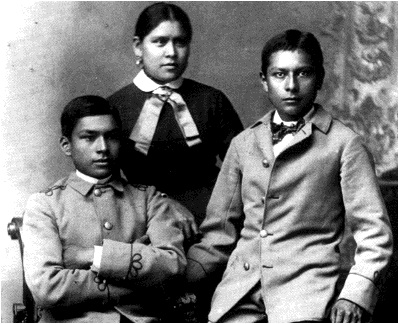
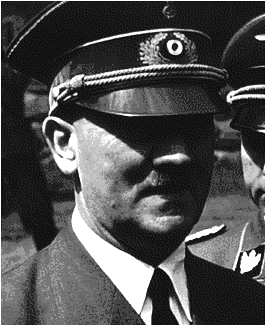 It ran from June 1941 until April 1945, but it was astonishingly brutal, destructive, and --- in truth --- as insane blood-
It ran from June 1941 until April 1945, but it was astonishingly brutal, destructive, and --- in truth --- as insane blood-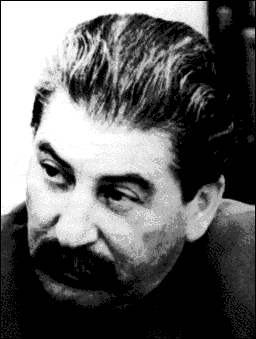 Rees has given us a excellent overview of the German-
Rees has given us a excellent overview of the German-